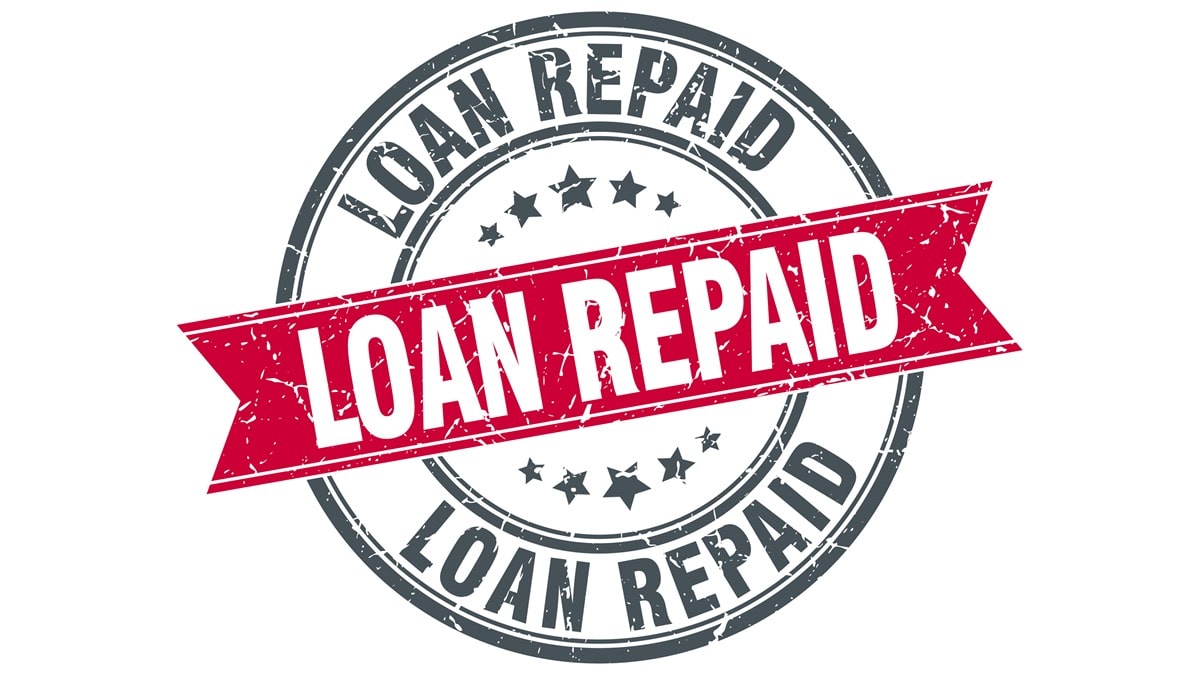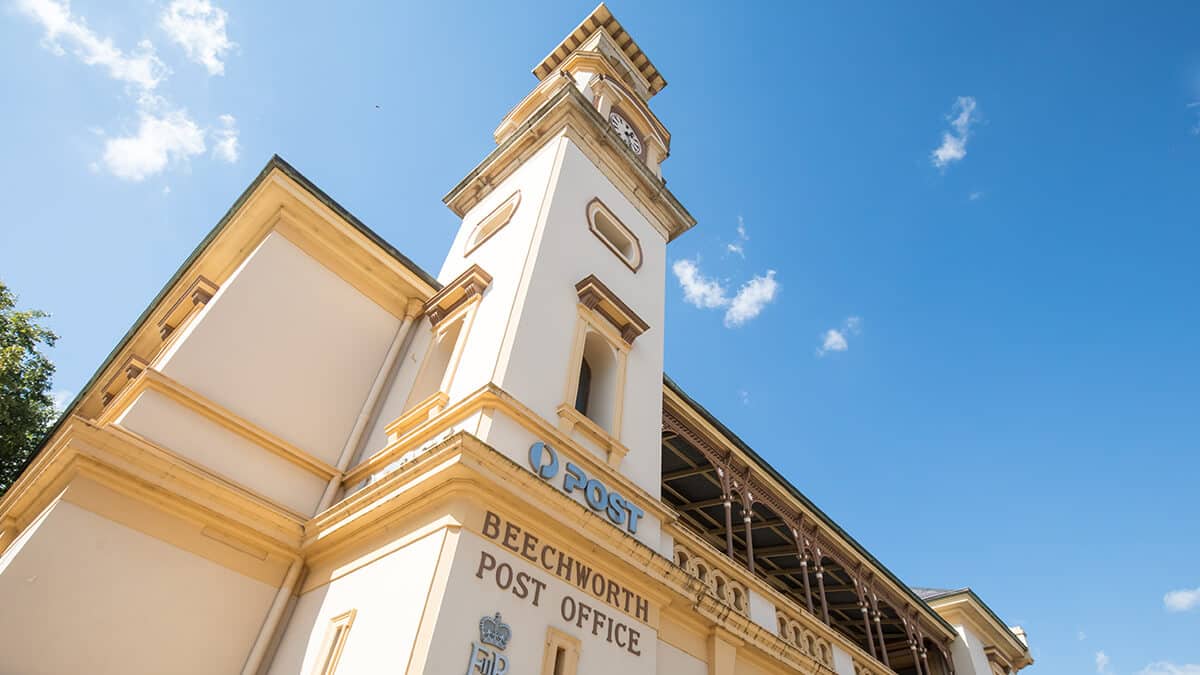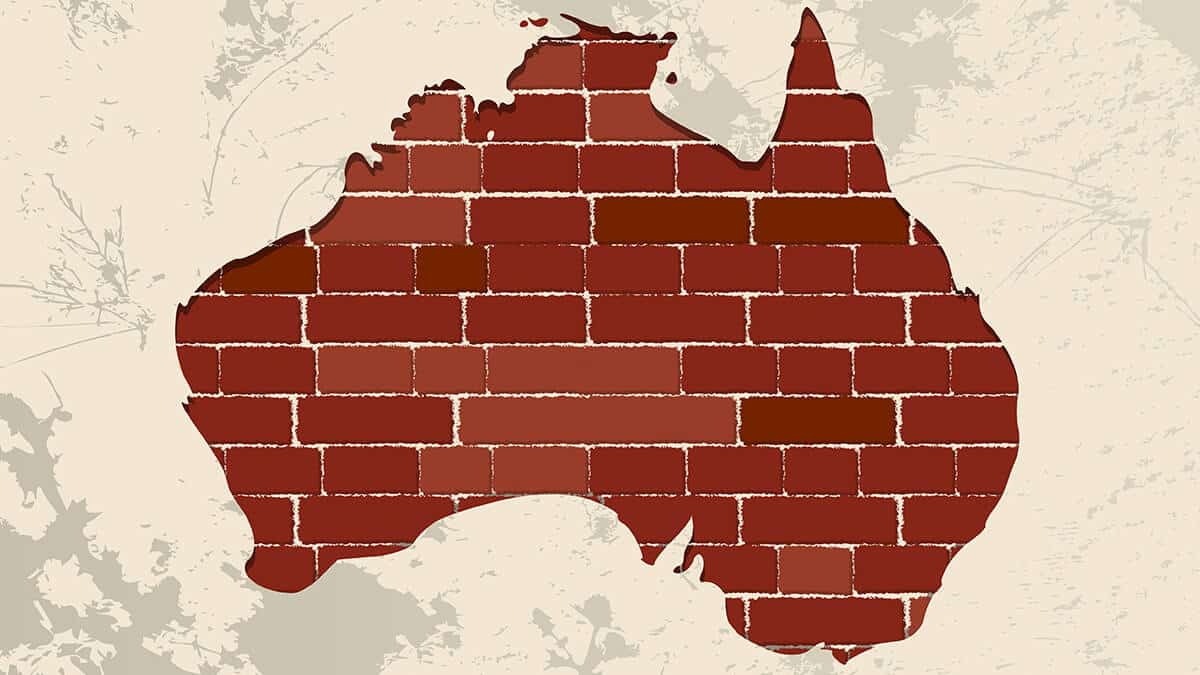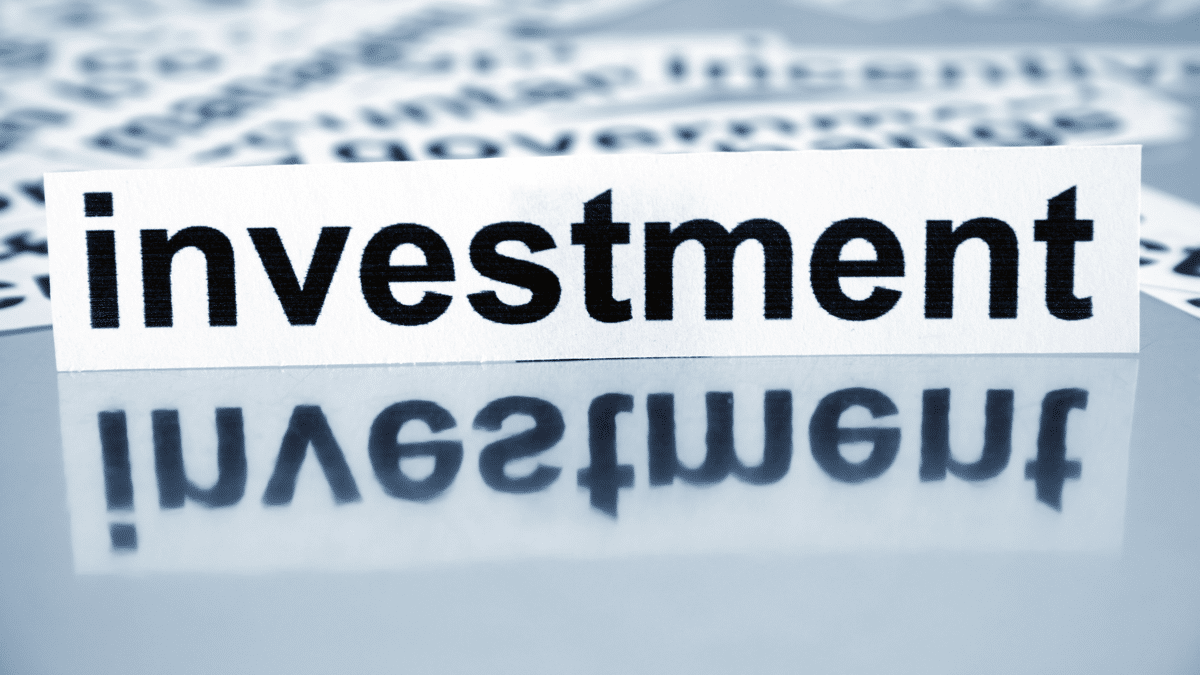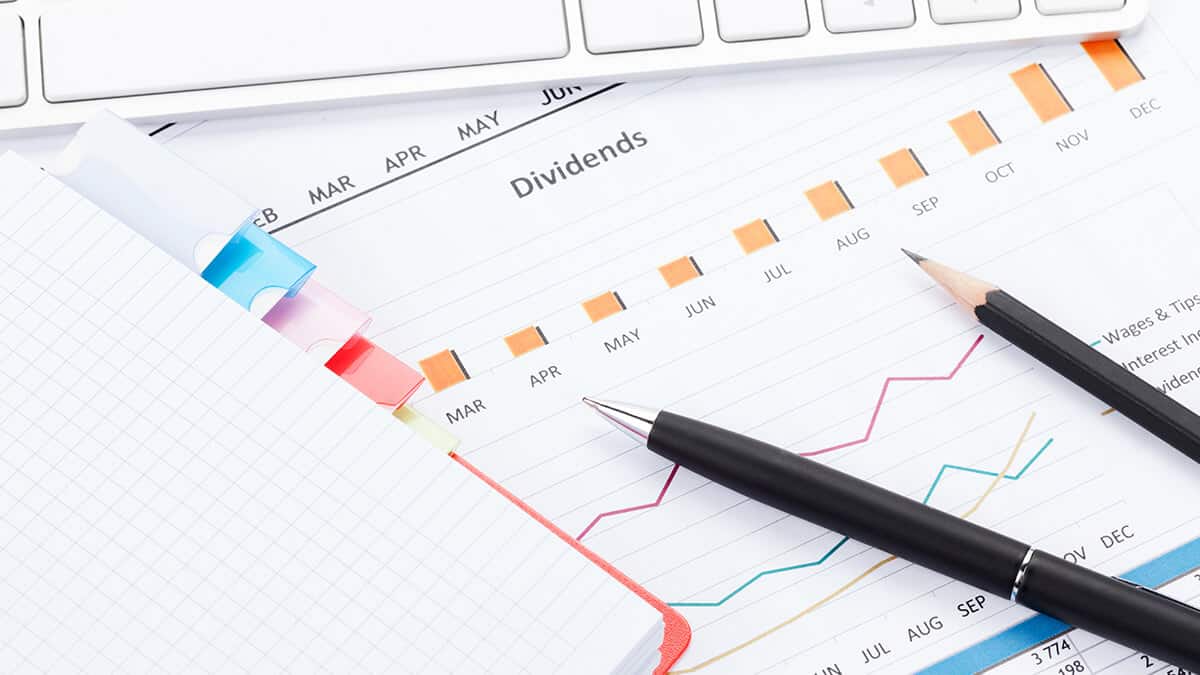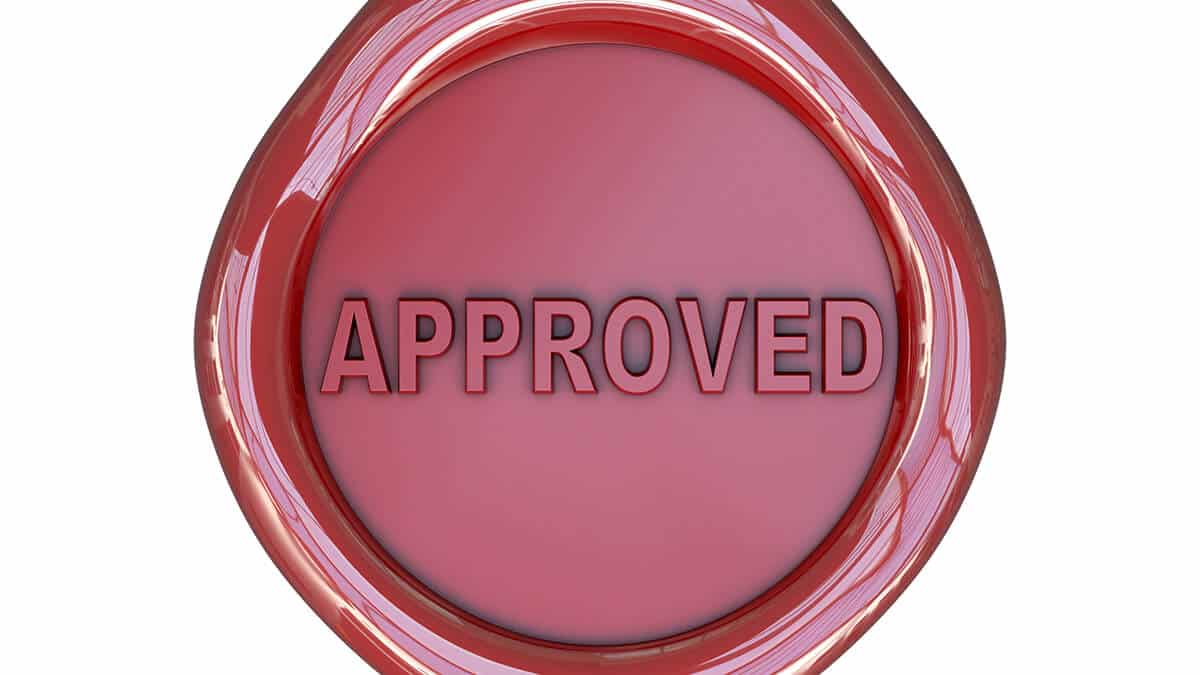In this guide
As with a lot of things in life, knowing you should do something doesn’t necessarily mean you will get around to doing it.
Most SMSF trustees know they should diversify their investments, but not everyone does it – particularly if their fund’s balance is still relatively low.
Having most of your fund’s investment portfolio sitting in a single asset or asset class – whether it’s cash, term deposits or property – is an easy path to take, but it’s not always smart, or even in keeping with the SMSF regulations.
In fact, it’s the opposite approach to that taken by successful institutional investors, with research showing a concentration of assets can reduce the investment performance of your SMSF by as much as 3% a year.

